On June 6, 2025, President Donald J. Trump signed two Executive Orders aimed at bolstering U.S. drone security and innovation, potentially jeopardizing the future of Chinese-made DJI drones. These orders, detailed in a White House fact sheet, seek to reduce reliance on foreign drone manufacturers and enhance domestic production, raising concerns for pilots who depend on DJI drones for professional and recreational use. With a looming 12-month deadline from a December 2024 law to assess DJI’s safety, the drone industry faces an uncertain path ahead.
Push to Limit Chinese Drone Dominance
The two Executive Orders signal a strategic shift toward U.S.-made drones, directly challenging DJI’s market lead. The “Unleashing American Drone Dominance” order directs the Federal Aviation Administration (FAA) to expand Beyond Visual Line of Sight (BVLOS) operations and promote domestic manufacturing, while encouraging federal and local agencies to prioritize American drones.
The Wall Street Journal (WSJ) reports that China-based SZ DJI Technology supplies 70% to 90% of drones to U.S. users outside federal government, a dominance now under threat. The Commerce Department is weighing a prohibition on China-made drone sales, which could limit access to popular DJI models like the Mavic series.
Lisa Ellman, chief executive of the Commercial Drone Alliance, underscored the industry’s stakes.
“This is a clear recognition by the federal government of the importance the drone industry has to the future of our security and our economic well-being,” Ellman said.
However, the orders avoid an immediate ban, leaving DJI’s fate tied to an ongoing Review process.

National Security Review Looms Large
A critical factor is the 12-month national security review mandated by the NDAA, signed in December 2024, with a deadline of December 23, 2025. The Reuters report notes that this law requires an agency to evaluate whether DJI and Autel drones pose “unacceptable risks.” If no determination is made by then, their equipment will be added to the Federal Communications Commission’s list, blocking new model sales.
Michael Kratsios, director of the White House Office of Science and Technology Policy, emphasized the urgency, stating, “We are securing our borders from national security threats, including in the air, with large-scale public events such as the Olympics and the World Cup on the horizon.”
The orders also establish a federal task force to detect and restrict foreign drones over sensitive sites, a move that could target DJI if the review finds security flaws.
DJI counters this scrutiny, with a spokesman stating, “The company should be evaluated based on its technology, not country of origin, and that independent and U.S. Government audits have found DJI drones are secure and don’t transmit data to China.”
Impact on Pilots and Industry Trends
For DroneXL readers, the implications could be significant. DJI has advocated for U.S. drone growth, supporting BVLOS and offering features like Local Data Mode to keep data offline.
In an official statement, DJI noted, “DJI has always supported technically grounded minimum security requirements across all UAS manufacturers, regardless of their country of origin.”
Operators can use private networks or European software, giving them control over data, which may help if restrictions tighten.
Yet, the U.S. drone industry lags behind China’s output. The WSJ reports the Pentagon accounts for less than 2% of U.S. drone-system sales annually, while the U.S. produces about 100,000 drones yearly compared to Ukraine‘s two million. A ban could raise costs, pushing pilots toward pricier U.S. alternatives like Skydio, which struggles to match DJI’s affordability and features.
What’s Next for DJI Users?
The Executive Orders don’t ban DJI drones now, but the 12-month review deadline adds pressure. The task force and potential Commerce action could lead to restrictions, especially with the 2026 World Cup and 2028 Olympics cited as security risks. DJI plans to engage with authorities to prove its drones’ safety. For now, pilots can use existing models, but monitoring the review’s outcome by December 2025 is essential as the U.S. seeks to curb Chinese drone influence.
Photos courtesy of Drone Supremacy
Discover more from DroneXL.co
Subscribe to get the latest posts sent to your email.

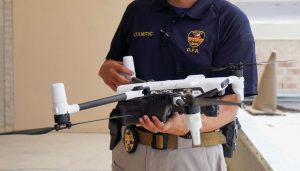


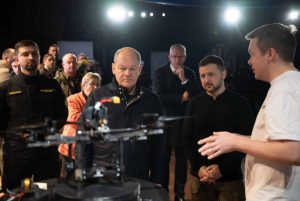

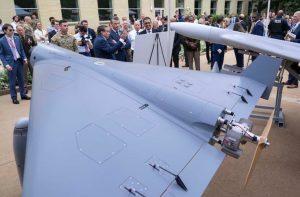


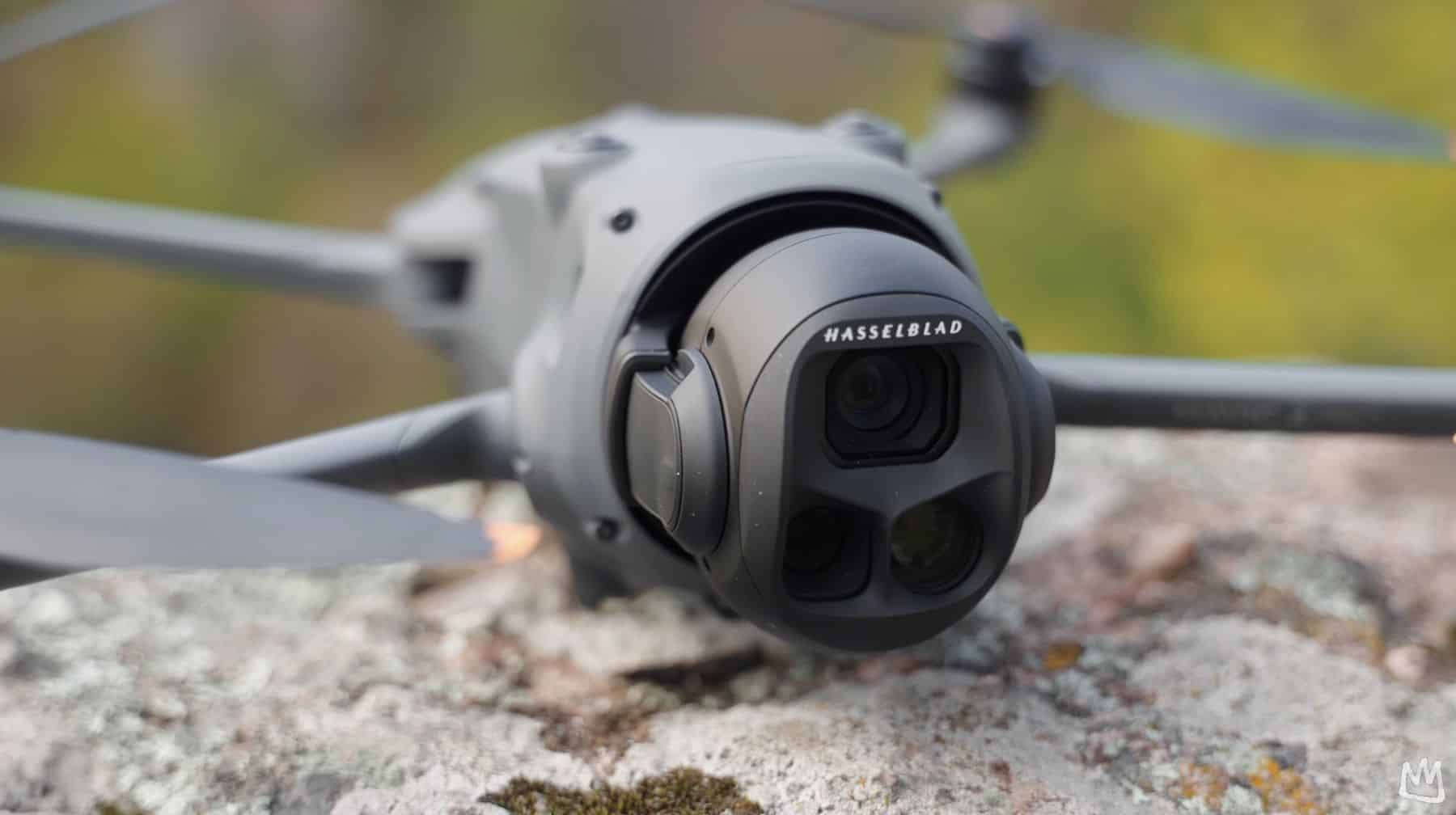
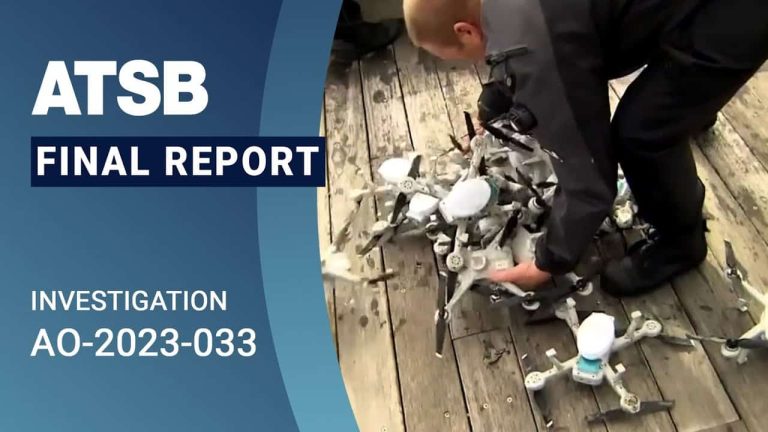



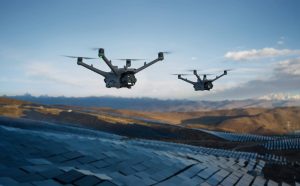
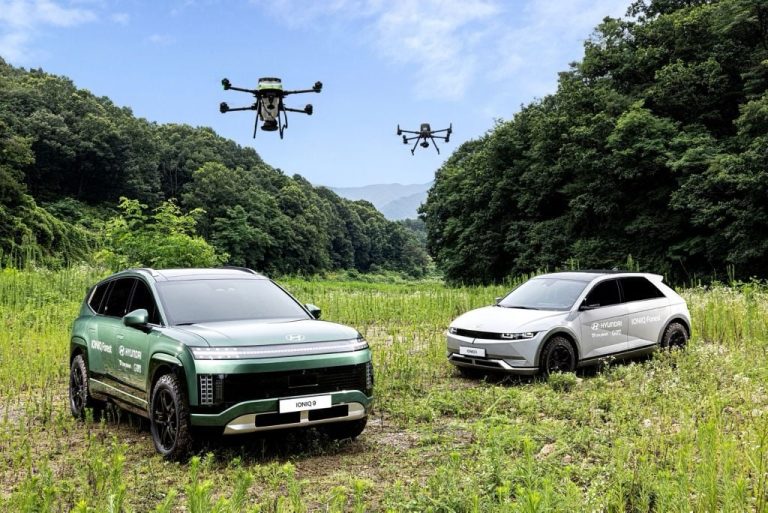
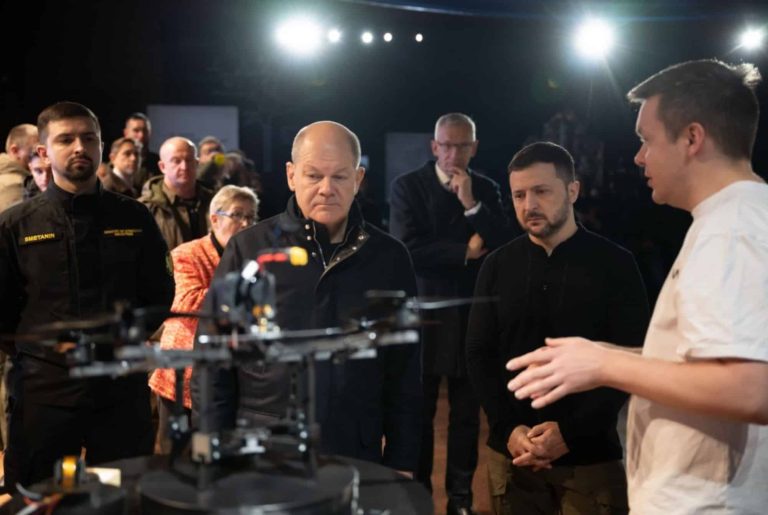
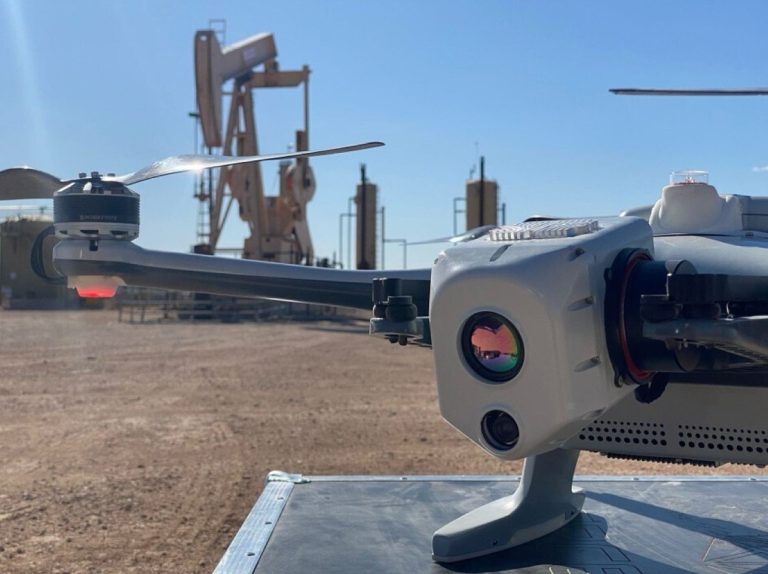

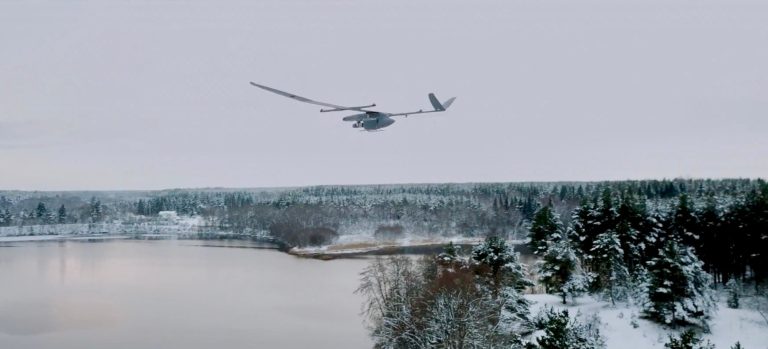
+ There are no comments
Add yours